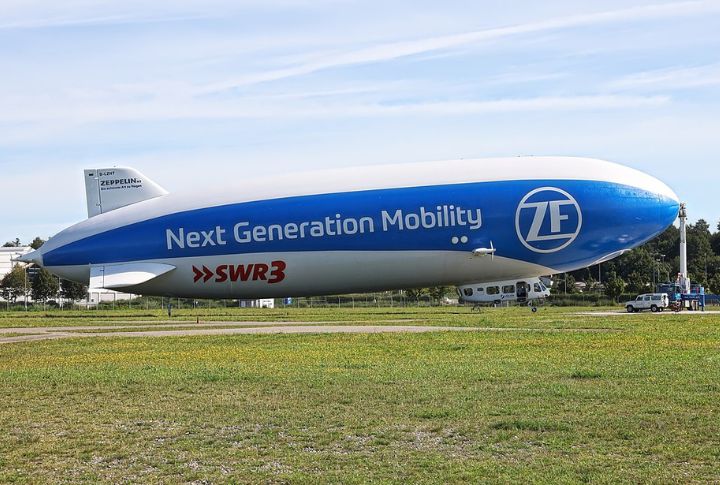
Behind groundbreaking ideas stand innovators who changed the course of everyday life and industry. Their creations became iconic not just for their impact but also for the way they preserved the names of those who brought them to life.
The Diesel Engine Revolutionized Transportation
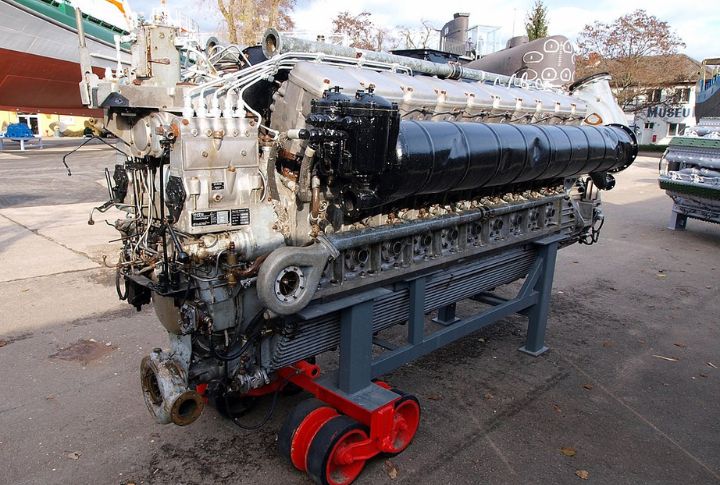
Rudolf Diesel’s 1893 invention was born out of a need for efficiency during the Industrial Revolution. Unlike the steam engine, it minimized energy waste, relying on compressed air to ignite fuel. Today, diesel engines power everything from cargo ships to tractors.
Fahrenheit Scale Standardized Temperature Measurement
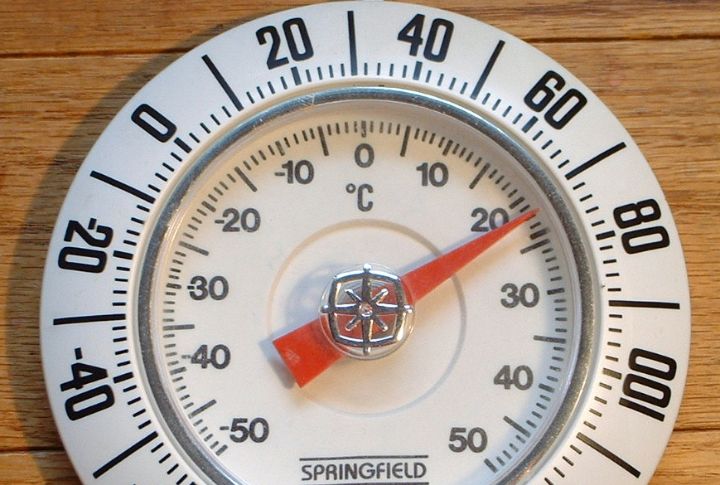
Why is freezing set at 32 degrees? Daniel Gabriel Fahrenheit established this system in 1724 by comparing mercury’s behavior to environmental extremes. While Celsius dominates globally, Fahrenheit remains prevalent in the United States.
The Jacuzzi Eased Hydrotherapy for Households

Initially designed in 1956 by the Jacuzzi brothers, their whirlpool bath targeted arthritis relief. The idea sprang from the need to soothe a family member’s pain. Soon, its therapeutic jets found widespread use.
Pasteurization Ensured Safer Food Consumption
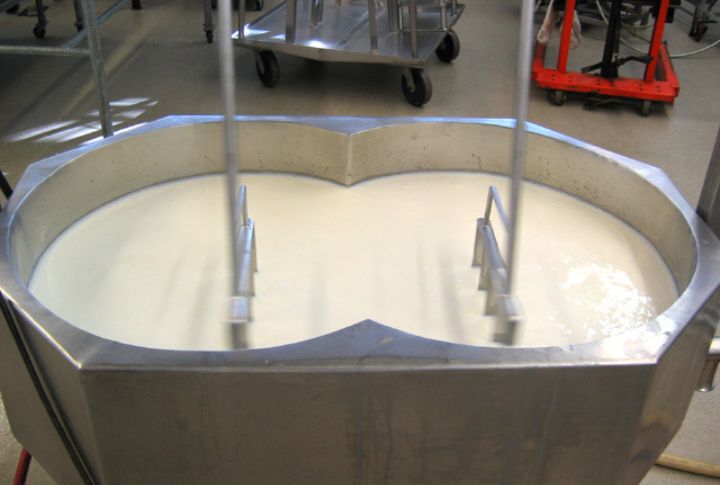
Louis Pasteur’s revolutionary process in 1864 tackled bacteria in liquids like milk. By applying controlled heat, he saved countless lives. Farmers and manufacturers adopted pasteurization, which remains a cornerstone of food safety today.
The Morse Code Transformed Communication Across the World

Before smartphones, dots and dashes ruled communication. Samuel Morse developed the Morse Code in 1837, enabling faster message transmission across vast distances. Used in battles and at sea, its simplicity proved life-saving.
The Guillotine Became a Symbol of the Revolution

Joseph-Ignace Guillotin’s device, proposed in 1789, symbolized equality and swift justice during France’s turbulent revolution. Though Guillotin advocated for humane execution methods, the device’s infamy overshadowed its intentions.
Gatling Redefined Battle and Combat Technology
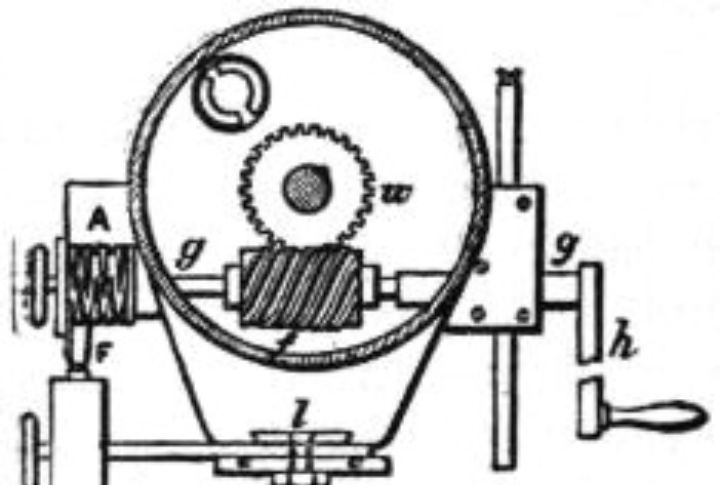
In 1862, Richard Gatling invented a multi-barrel firearm to end prolonged wars. Though intended to reduce manpower, its rapid-fire design forever altered battlefield tactics. Gatling’s invention marked the transition toward mechanization.
The Biro Pen Transformed Everyday Writing
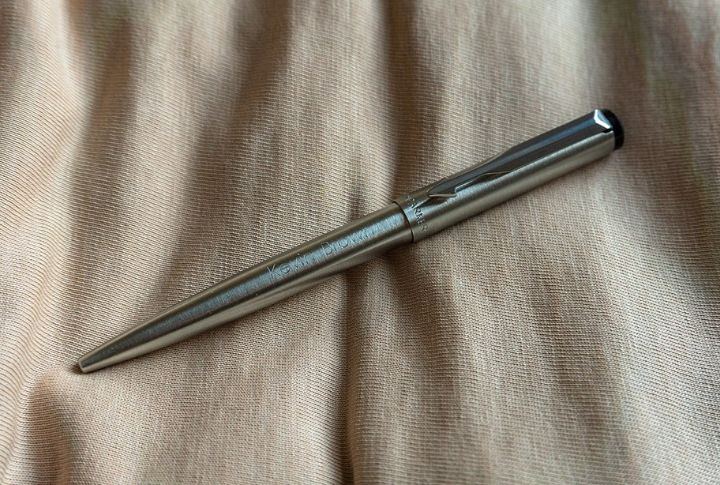
László Bíró, in 1938, created the ballpoint pen to make writing smoother and cleaner. Unlike fountain pens, Biro’s design avoided smudges by using quick-drying ink. Affordable and efficient, the ballpoint pen became a global staple.
The Zeppelin Defined Luxury Air Travel in Its Era
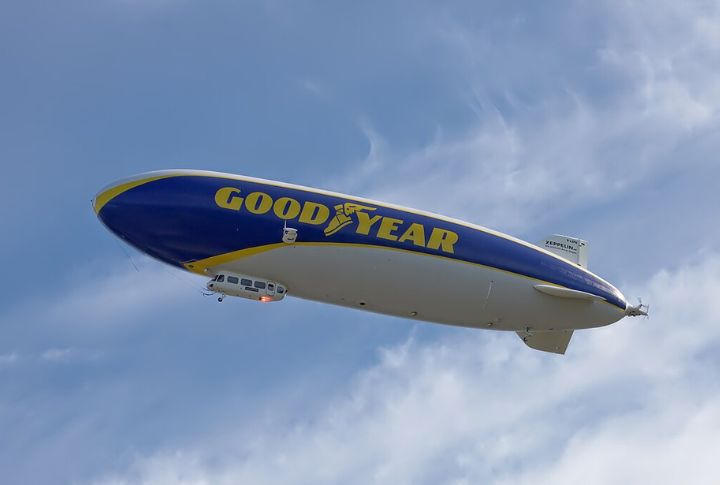
In 1900, Ferdinand von Zeppelin launched the first airship, the LZ 1, which made its maiden voyage over Lake Constance. This marked the beginning of luxury air travel, offering passengers smooth voyages across Europe and beyond long before airplanes became the norm.
The Kellogg Cereal Made Breakfast a Global Tradition

Breakfast was transformed when Will Keith Kellogg developed cornflakes as part of a health regimen at a sanitarium in 1894. Afterward, they quickly became a global phenomenon, and Kellogg’s name now dominates breakfast tables.
